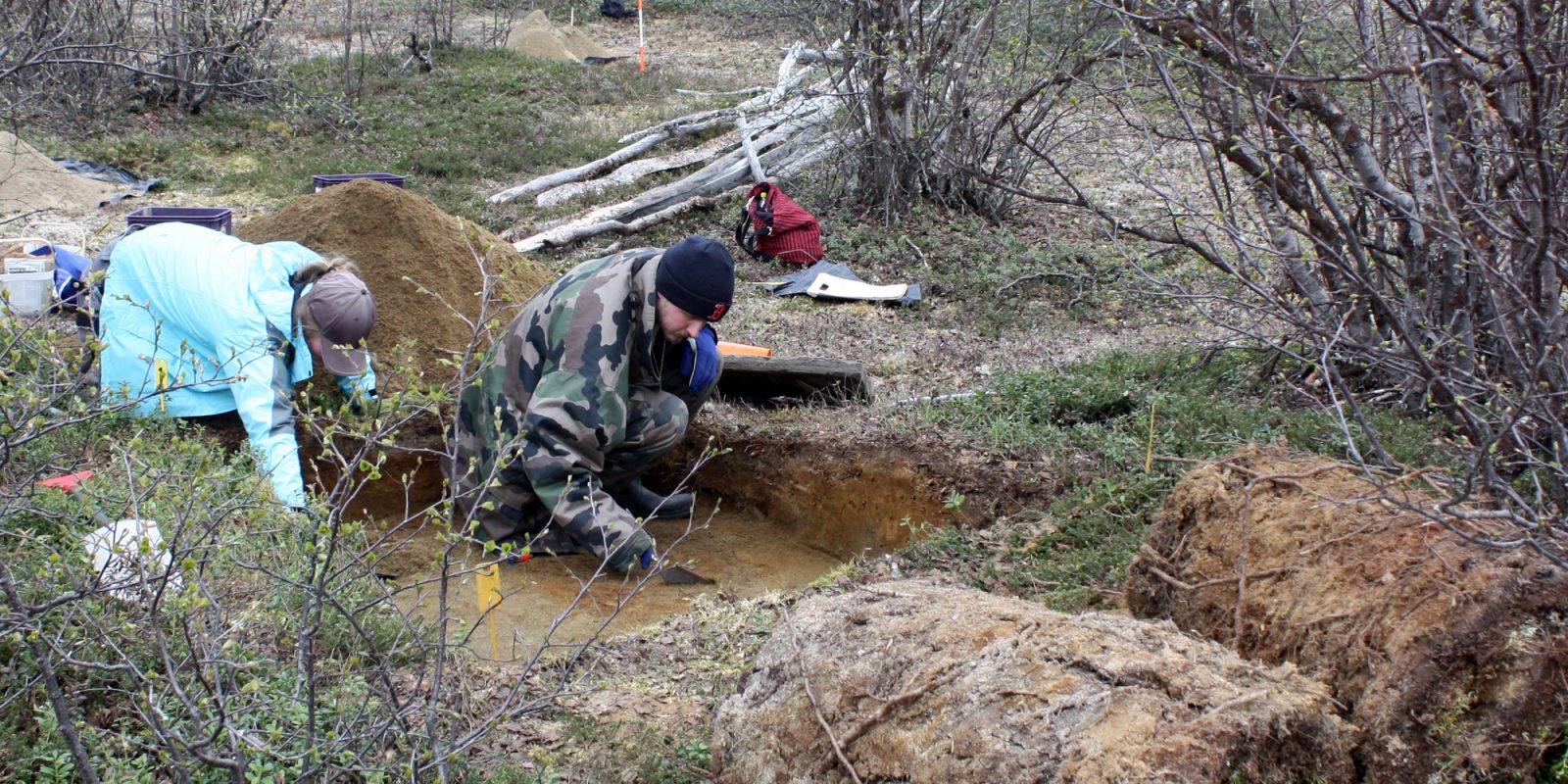
Studying archaeological cultural heritage
Archaeological research includes discovery site reviews, archaeological inventories, excavations and the processing and analysing of the resulting material.
The site reviews typically deal with a discovery of an artefact, structure or formation that has been reported to archaeologists. The inventories are used to systematically check all the known ancient relics and discovery sites in a specific area and to search for any previously unknown stationary relics.
During archaeological excavations, relics are studied as extensive, uniform sites. Since an excavation will destroy the entity being studied, the documentation must be done very carefully. The intention is not simply to collect discoveries but to compile a record by mapping and photographing all the visible traces of human activity. Records are kept of all observations. These will form the foundation of a research report, which can be utilised in future studies and protection work. The research reports can be found in the Kulttuuriympäristön rekisteriportaali (‘Cultural environment register portal’).The first archaeological research reports in the database date back to the 1880s.
The majority of excavation research relates to construction and land-use projects and is conducted based on commissions. The Finnish Heritage Agency’s excavation team will perform the field surveys and small-scale test excavations for private landowners’ construction projects.
According to the Antiquities Act, the Finnish Heritage Agency has the right to grant permits for research on ancient relics.